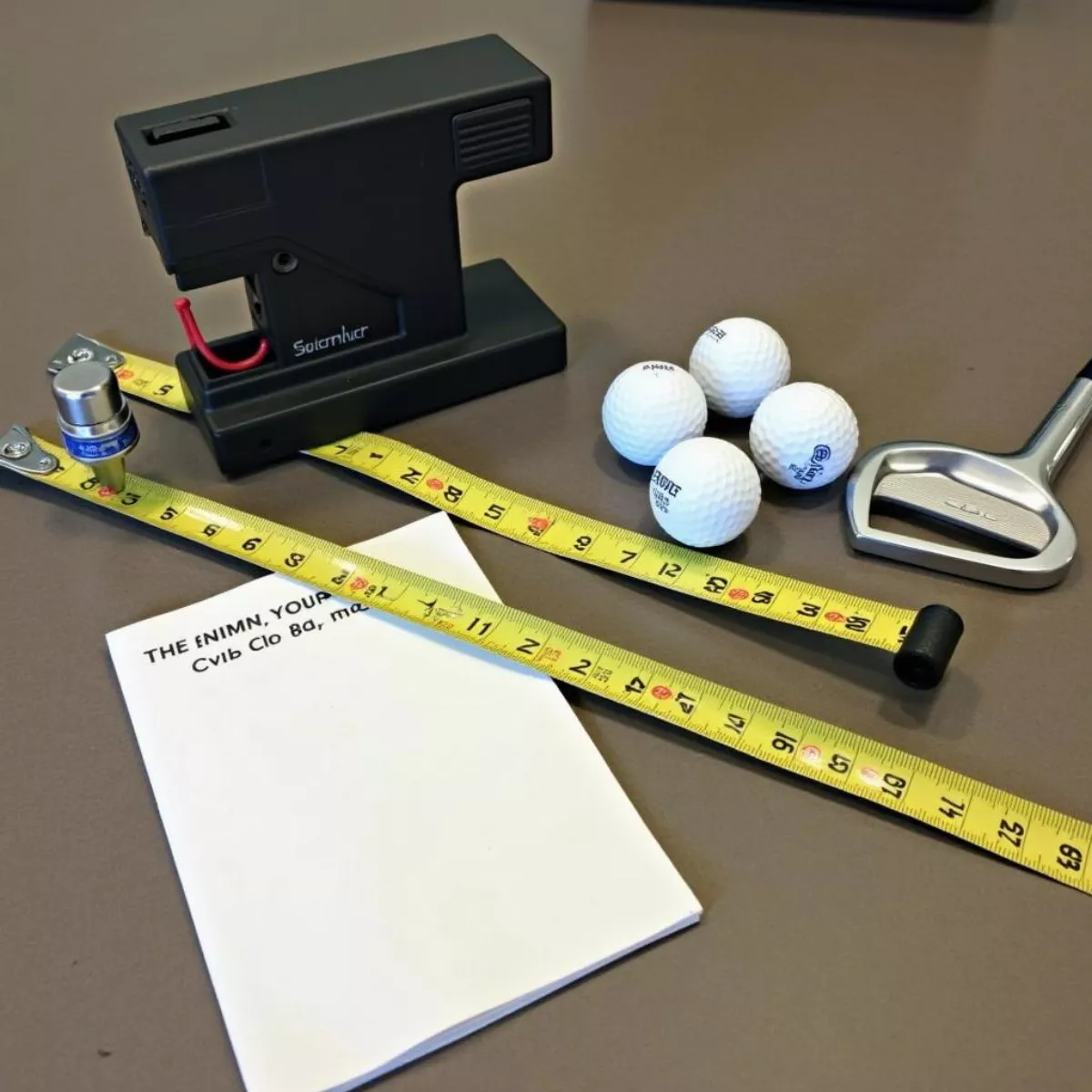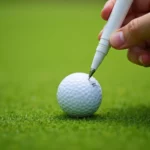Golf is a game where precision meets artistry. Fitting golf irons is a crucial step for every golfer who wants to improve their game and enjoy their time on the course. Whether you’ve just picked up a club or you’re a seasoned player, understanding how to properly fit your golf irons can significantly impact your performance.
In this guide, we will explore the various aspects of golf iron fitting, share tips, and provide answers to frequently asked questions. Let’s dive in!
Why Fitting Golf Irons Matters
Understanding the importance of fitting golf irons begins with recognizing how versatility and correctness can elevate your game.
- High Accuracy: Well-fitted clubs lead to better shot consistency.
- Improved Comfort: Feeling comfortable and confident with your iron can boost your confidence.
- Enhanced Performance: A proper fit helps you achieve optimal distance and control.
 Golf Equipment For Fitting Session
Golf Equipment For Fitting Session
The Basics of Golf Irons
Before we jump into the fitting process, let’s briefly explore the components of golf irons you should consider:
- Length: Longer irons can lead to greater distance but might reduce control.
- Lie Angle: This affects the direction your shots will travel.
- Grip Size: The thickness and texture of your grips matter for comfort and control.
- Flexibility: Shaft flexibility affects how much the club can bend during a swing.
How to Fit Golf Irons
Fitting golf irons is not just about measurements; it’s about finding the right balance between comfort and performance. Here’s a step-by-step guide to help you through the fitting process.
1. Measure Your Height and Wrist to Floor Length
To get started, you’ll want to measure your height and the distance from your wrist to the floor:
- Height: Stand barefoot against a wall and mark your height.
- Wrist to Floor: With your arms relaxed, measure the distance from your wrist to the floor.
This data will help determine the club length that works best for you.
2. Assess Your Current Swing Mechanics
Understanding your swing is crucial. Whether you are a beginner or a pro, getting a professional to analyze your swing can provide valuable insights. Here’s what to observe:
- Swing Speed: Faster swing speeds often necessitate stiffer shafts.
- Shot Dispersion: Take note of how spread out your typical shots are.
 Golfer Getting Swing Analyzed
Golfer Getting Swing Analyzed
3. Determine Your Lie Angle
The lie angle of the club affects the trajectory of your shots. It’s best to check the lie angle with a fitting professional or at a fitting session. Generally, a lie angle adjustment may be needed if:
- Shots consistently go left or right.
4. Choose the Right Shaft Flex
Choosing the appropriate shaft flex is pivotal in optimizing your performance. The common flex types include:
- L – Ladies Flex
- A – Senior Flex
- R – Regular Flex
- S – Stiff Flex
- X – Extra Stiff Flex
Consider your swing speed and playing style when deciding on these options.
5. Test Grip Size
Grip size should feel comfortable. Different folks hold the club differently. To get the right grip size:
- Standard Grip: For regular hands.
- Midsize Grip: For larger hands.
- Jumbo Grip: Best for oversized hands or players with grip issues.
6. Try Different Clubs on the Range
Once you have a baseline from the previous steps, it’s time to try various irons at a driving range. Take note of:
- Feel and Comfort: Do you feel in control of the club?
- Shot Trajectory: Are your shots consistently going straight?
- Distance Control: Are you hitting the expected distances?
 Golfer Testing Clubs at Driving Range
Golfer Testing Clubs at Driving Range
Working with a Professional Fitter
While this guide gives you a strong foundation, working with a professional club fitter is often beneficial. A professional can tailor the fitting process to your individual needs, finding the perfect combination of components for your game.
Best Practices During the Fitting Process
- Bring Your Current Irons: This helps the fitter understand what you currently play with.
- Communicate Your Goals: Be open about what you hope to achieve with your new fitting.
- Be Patient: Finding the right fit is a process. Take your time to ensure the best results.
Equipment You Might Need
Here’s a quick reference table to what you’ll need during a fitting:
| Equipment | Purpose |
|---|---|
| Measuring Tape | To measure height and wrist-to-floor length |
| Golf Balls | For testing various irons |
| Club-Swing Analyzer | Analyzes swing speed and mechanics |
| Notepad | Take notes during the fitting session |
Key Takeaways
- Properly fitted golf irons can greatly enhance your game.
- Measure your height and wrist length for accurate club length.
- Assess your swing mechanics to tailor the fitting process.
- Choose the best flex and lie angle suited to your playstyle.
- Consider getting help from a professional for optimal results.
Frequently Asked Questions (FAQ)
1. How often should I get my golf irons fitted?
It’s recommended to get fitted every few years, especially if you notice a change in your swing or physical condition.
2. Can I fit my golf irons myself?
While you can start the process yourself, professional fitting usually yields the best results.
3. What’s the difference between Standard and Custom golf irons?
Custom irons are tailored based on your specifications, whereas standard models are mass-produced and may not fit all players.
4. What can affect the flex of my golf shaft?
Your swing speed, technique, and playing style are the main factors affecting shaft flex.
5. How do I know if the lie angle of my clubs is correct?
If your shot patterns consistently go to one side of the fairway, it’s a sign your lie angle may need adjustment.
6. Does my skill level matter in fitting?
Yes, fitting is essential for all skill levels. Beginners benefit from proper fittings to establish a good foundation.
7. What should I expect from a fitting session?
You can expect personalized recommendations based on your measurements, swing analysis, and testing different club specifications.
8. Where can I find a professional club fitter?
Local pro shops at golf courses or stores like Golf Galaxy often have certified club fitters.
9. Can I use my old grips on my new irons?
It’s advisable to get new grips fitted to the new clubs, as the texture and size matter greatly for comfort and control.
10. What’s the average cost of a professional fitting?
Fittings can range from $50 to $300 depending on location, store, and level of service provided.
In Conclusion
Fitting golf irons is an essential part of enhancing your game. By taking the time to assess your needs and work with professionals, you will find the right combination that supports your playing style and goals. So why wait? Get started on fitting your golf irons today and unlock your potential on the course!
If you have any further questions or need personalized assistance, feel free to reach out! Happy golfing!

